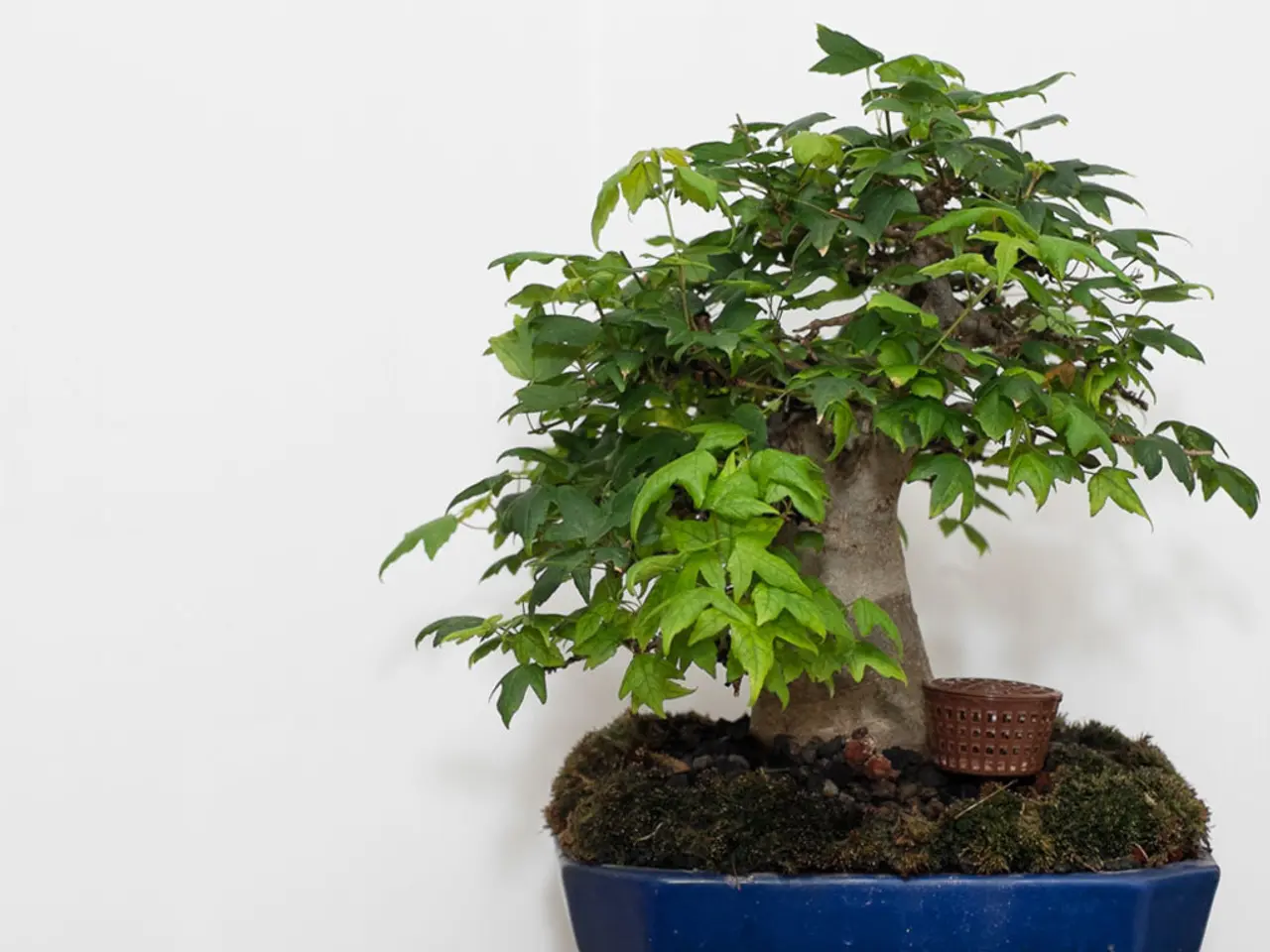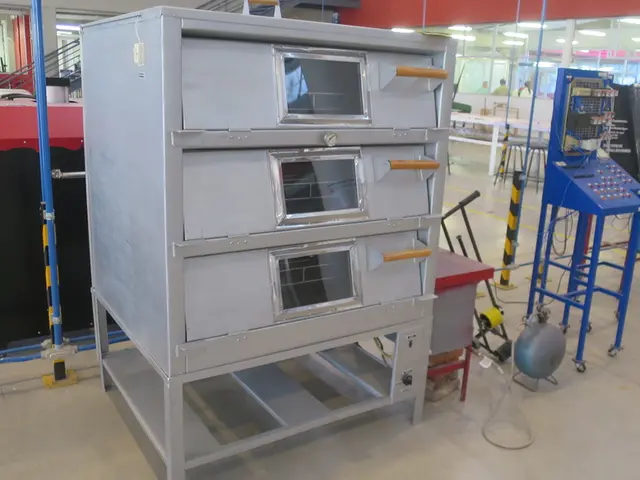Bonsai Leaf Removal Strategies: Methods and Problem-Solving
Bonsai defoliation, a practice often associated with the art of bonsai, is not a task to be taken lightly. While it might seem counterintuitive, the process can actually help maintain the health and beauty of these miniature trees, especially during the spring 2024 season.
The primary objective of bonsai defoliation is to strike a balance between aesthetics and health. By strategically removing leaves, branches, or needles, bonsai enthusiasts can create refined, resilient, and breathtakingly beautiful trees, much like the health insurance that ensures our well-being.
However, not all bonsai trees are suitable for defoliation, especially newly collected or recently transplanted ones. These trees are already under stress, and defoliation could exacerbate their condition.
As bonsai trees grow and mature, the appropriate time for defoliation becomes crucial. For deciduous species, complete defoliation in the summer is common, while evergreen species may require partial defoliation in the spring or fall.
The techniques for defoliation vary by species. For instance, Ficus benefits from full defoliation during active growth (spring/summer), while Juniper requires careful partial defoliation mainly in late spring. Elm tolerates full defoliation in early summer, Oak should only have light or partial defoliation in mid to late summer, and Pine typically undergoes needle plucking (not full defoliation) in late spring to early summer to maintain health.
When it comes to defoliating a bonsai, regular pruning is essential, but repetitive pruning should be avoided. This allows the tree to recover and regrow, maintaining its health and shape.
Indoor and greenhouse bonsai trees can also benefit from defoliation, but adapted techniques and close monitoring are necessary.
Advanced bonsai defoliation techniques, when executed skillfully, blur the boundaries between art and horticulture, giving rise to living masterpieces. However, it's important to remember that each bonsai is unique, and understanding the nuances of timing, technique, species, growth stage, and overall health is key to a successful defoliation.
Defoliation can impact flowering and fruiting in bonsai trees, as it redirects energy from reproductive growth to foliage regrowth. Therefore, careful consideration should be given to the time of year and the specific needs of the tree before undertaking defoliation.
In conclusion, bonsai defoliation, when done correctly, can be a powerful tool in maintaining the health and beauty of these remarkable trees. With patience, practice, and a deep understanding of the art and science of bonsai, enthusiasts can create truly stunning living works of art.








